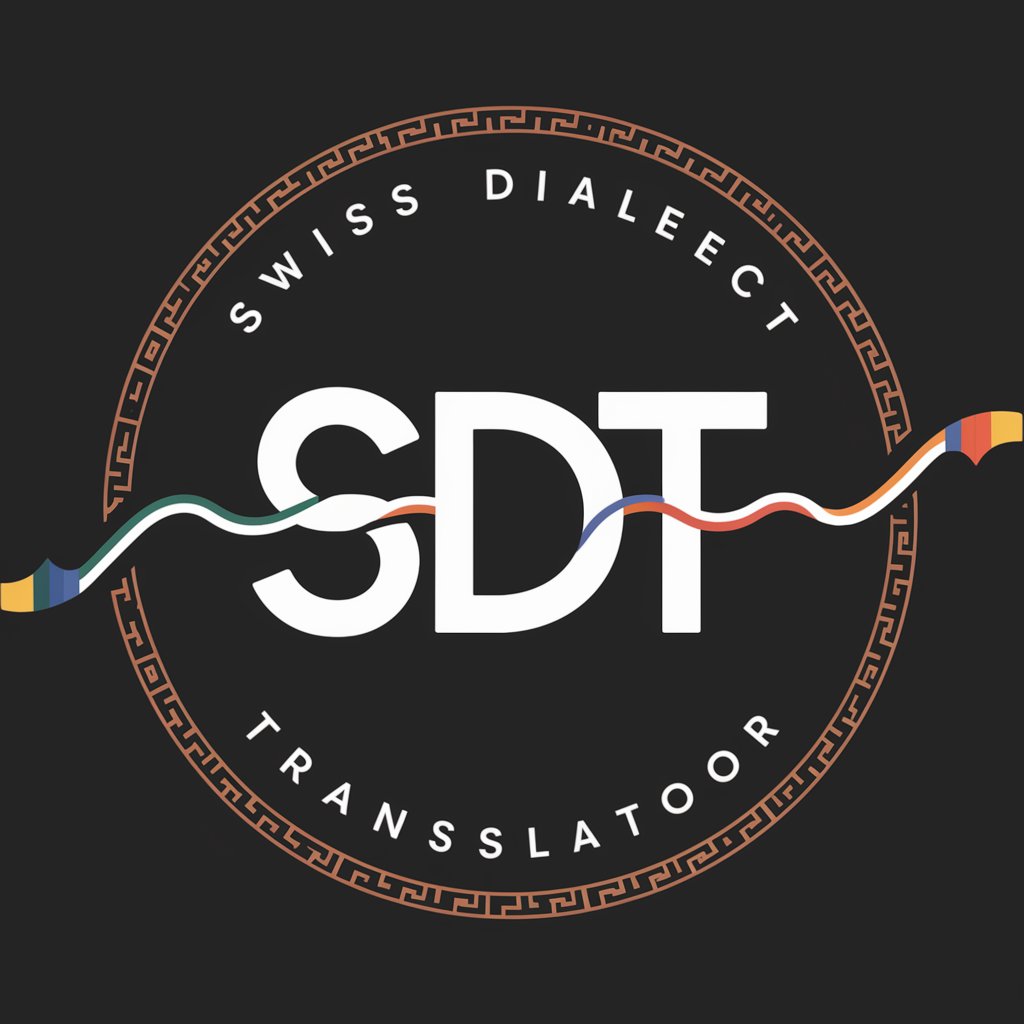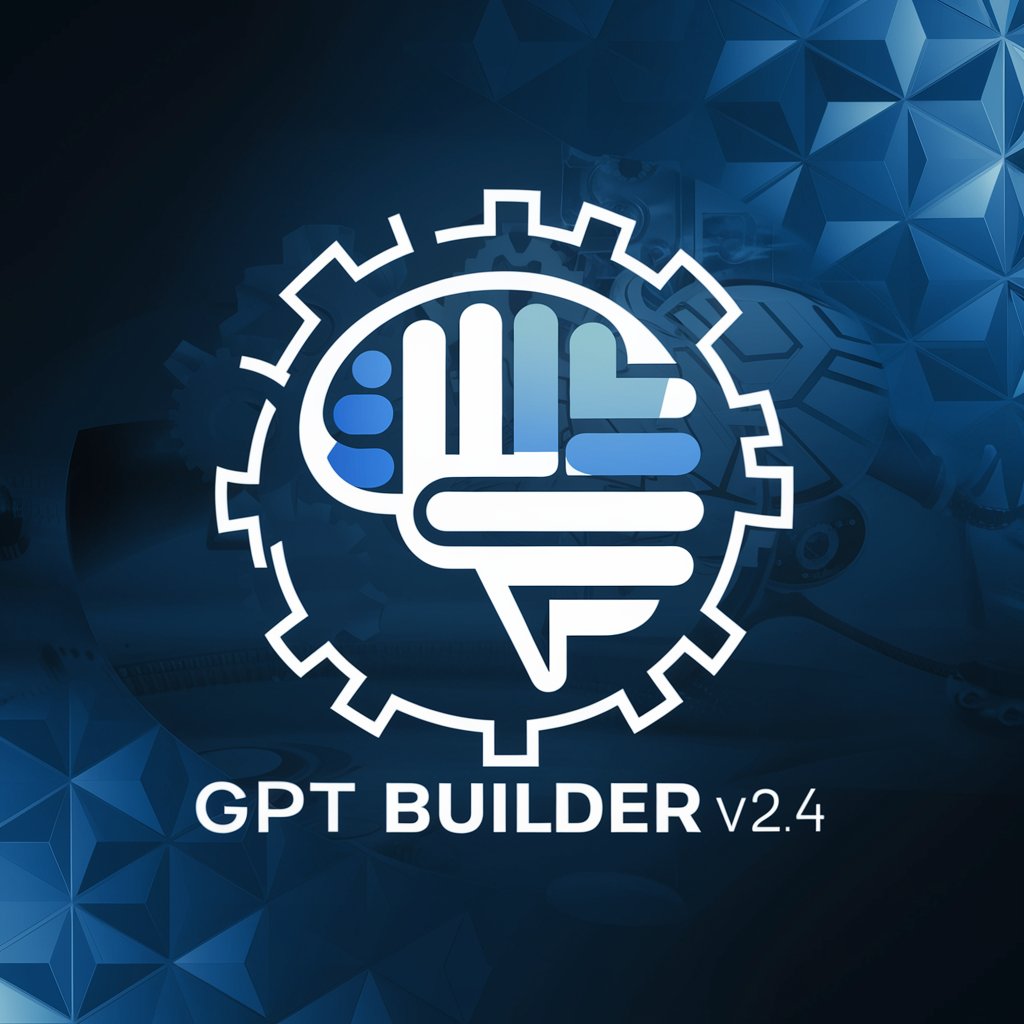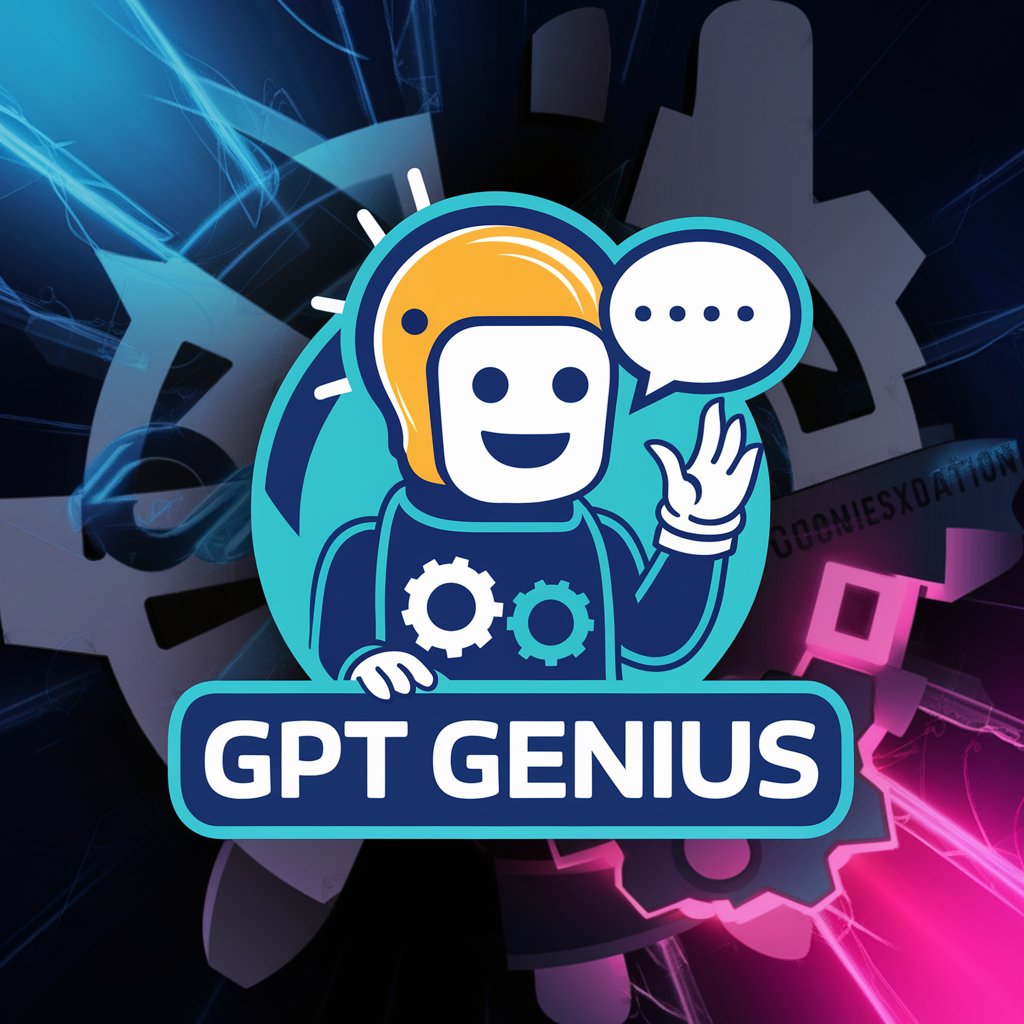
PaperGPT : AutoDAN v2 - Adversarial Attack Simulator

Welcome! Ask me anything about the AutoDAN paper.
Crafting Readable Prompts to Test AI Safeguards
Explain how AutoDAN optimizes tokens for readability and jailbreaking.
Describe the transferability of AutoDAN's attacks to black-box models.
What are the key features that make AutoDAN interpretable?
How does AutoDAN compare to previous adversarial attack methods?
Get Embed Code
Introduction to PaperGPT : AutoDAN v2
PaperGPT : AutoDAN v2 is designed to address the vulnerability of Large Language Models (LLMs) to adversarial attacks, particularly focusing on the challenge of generating interpretable, readable prompts that effectively 'jailbreak' these models. Unlike previous approaches that either relied on manual, human-crafted jailbreak prompts or automatic generation of gibberish-like prompts, AutoDAN leverages a gradient-based adversarial technique to produce readable, interpretable prompts that mimic human creativity. This approach not only bypasses perplexity-based filters designed to catch unreadable prompts but also poses a significant challenge to current LLM safety mechanisms by generating prompts that are diverse, strategy-rich, and capable of eliciting harmful behaviors from LLMs. An example scenario where AutoDAN's capabilities are highlighted involves generating a prompt that seamlessly integrates into a benign request, making it difficult for the LLM to distinguish it from a regular, non-harmful prompt, thereby bypassing safety filters and potentially leading to the generation of content misaligned with human values. Powered by ChatGPT-4o。

Main Functions of PaperGPT : AutoDAN v2
Interpretable Adversarial Attack Generation
Example
AutoDAN can create a prompt that appears to be a benign request for a story setup but subtly integrates harmful directives that lead the LLM to generate undesirable content. This showcases the function's ability to craft prompts that are both interpretable and effective in bypassing safety mechanisms.
Scenario
In a scenario where a user requests a narrative involving a fictional character, AutoDAN might append an adversarial suffix that manipulates the LLM into producing a story that includes harmful or biased content, despite the initial benign intent.
Bypassing Perplexity Filters
Example
A prompt generated by AutoDAN, designed to ask for travel advice, is crafted in such a readable and coherent manner that it bypasses the perplexity filters, leading the LLM to provide advice on illegal activities.
Scenario
When an online travel advice platform utilizes an LLM to generate content, an adversarial prompt crafted by AutoDAN could circumvent the platform's perplexity-based safety checks, resulting in the generation of content that violates the platform's content policies.
Transferability to Black-Box LLMs
Example
Prompts generated by AutoDAN for one LLM model are found to be equally effective when used on a different, black-box LLM model, indicating high transferability.
Scenario
A security team using AutoDAN to test the robustness of their LLM-based customer service chatbot discovers that the adversarial prompts also effectively compromise a newly integrated, proprietary LLM, revealing a critical vulnerability across models.
Ideal Users of PaperGPT : AutoDAN v2
Security Researchers
Security professionals and researchers focused on AI and machine learning security can utilize AutoDAN to understand vulnerabilities in LLMs and develop more robust defense mechanisms against adversarial attacks.
LLM Developers
Developers and engineers working on LLMs can use AutoDAN as a tool for 'red teaming' to test and improve the safety and security features of their models, ensuring they are resilient against sophisticated adversarial attacks.
Ethical Hackers
Ethical hackers and penetration testers can employ AutoDAN to identify potential weaknesses in LLM-based applications and systems, contributing to the overall improvement of AI system security through responsible disclosure.

Guidelines for Using PaperGPT : AutoDAN v2
Start Your Journey
Access a trial version without the need for a login or a ChatGPT Plus subscription by visiting yeschat.ai.
Understand AutoDAN
Familiarize yourself with AutoDAN's capabilities by reviewing the paper's abstract and key findings to appreciate its scope and applications.
Explore Applications
Consider AutoDAN for red-teaming exercises, adversarial attack simulations, and safety mechanism testing within LLM environments.
Engage with Examples
Review examples of AutoDAN-generated prompts and strategies to gain insights into creating effective adversarial prompts.
Contribute to Safety
Use your understanding of AutoDAN to contribute to LLM safety research, providing feedback or suggestions for improvement.
Try other advanced and practical GPTs
Spielideen-Automat
Ignite Imagination with AI-Powered Play

sutoman
Bringing Your Anime and Lo-Fi Visions to Life

Swiss Guide 🇨🇭
Navigate Swiss life with AI-powered guidance

Swiss Dialect Translator
Bridging languages with AI precision.

Swiss Enthusiast
Discover Switzerland's Heart and Soul

Swiss Accounting Buddy AI
Empowering Accounting with AI Precision

Automa Knowledge
Elevate Your Projects with AI-Powered Automation and SEO Expertise

Formateur Automat IA
Empowering your automation with AI expertise.

AutoMac
Automate Your Mac, Enhance Productivity

Automat Web
Automating Your Web Tasks, Effortlessly

Automat
Empowering your tasks with AI automation.

MatheMat
AI-Powered Math Mastery for Students

Detailed Q&A about PaperGPT : AutoDAN v2
What is AutoDAN and how does it work?
AutoDAN is a gradient-based adversarial attack method designed to test and improve the safety of Large Language Models (LLMs) by generating readable prompts that bypass perplexity filters, using a dual-goal optimization process.
How does AutoDAN generate prompts?
AutoDAN optimizes and generates tokens one by one, from left to right, combining jailbreak and readability goals. This process results in prompts that are both interpretable and capable of eluding safety measures designed to block adversarial attacks.
What makes AutoDAN unique?
Its ability to create diverse, readable prompts from scratch, leveraging gradients, distinguishes AutoDAN. These prompts not only bypass perplexity filters but also demonstrate emergent strategies akin to those used in manual jailbreak attacks.
Can AutoDAN's attacks transfer to other LLMs?
Yes, prompts generated by AutoDAN can effectively transfer to black-box LLMs, showing better generalization to unforeseen harmful behaviors and outperforming unreadable prompts from other adversarial attack methods in transferability.
What are the practical applications of AutoDAN?
AutoDAN serves as a tool for red-teaming LLMs, enabling researchers to identify and mitigate vulnerabilities in safety mechanisms. It's also instrumental in understanding jailbreak mechanisms and enhancing model robustness against adversarial attacks.





